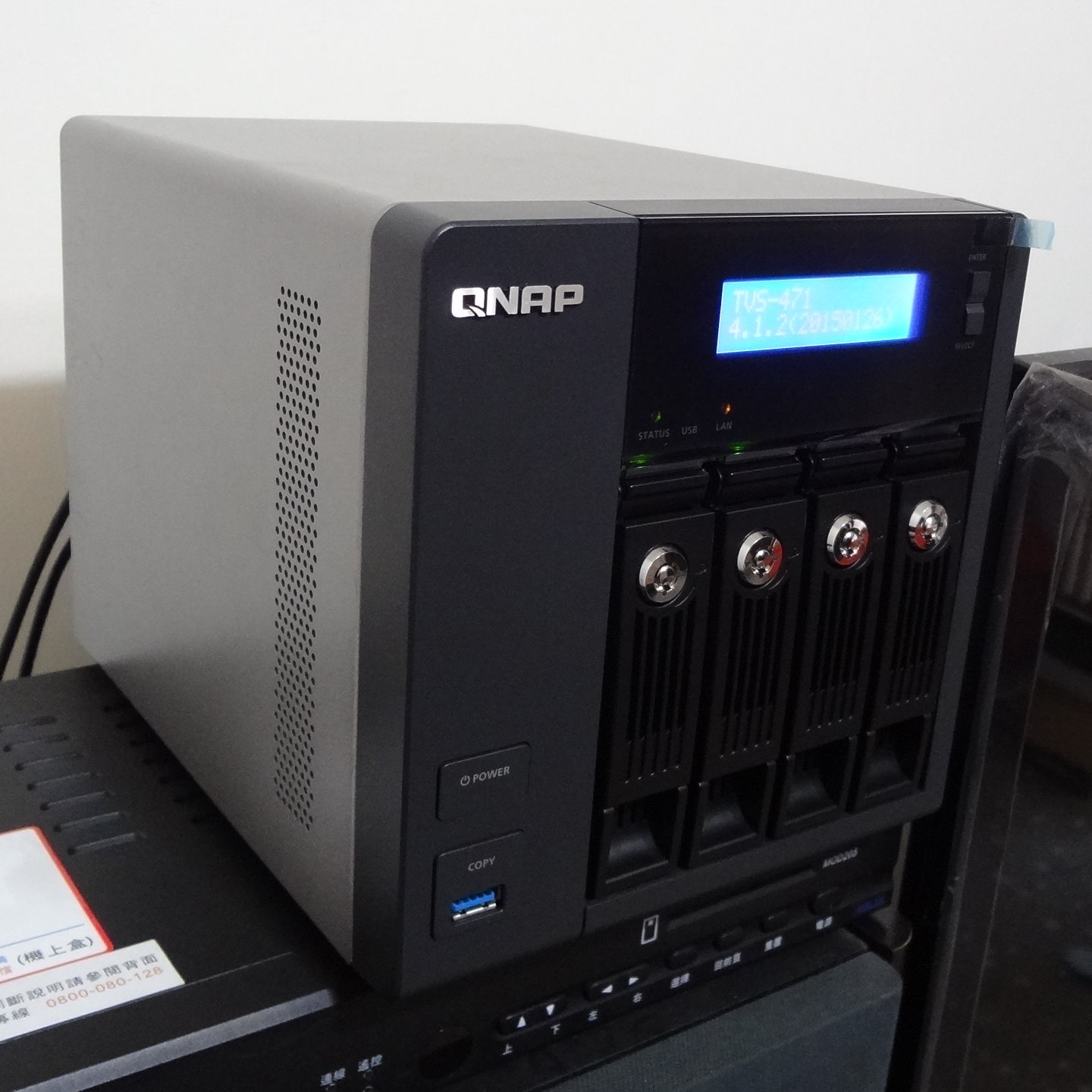
UPS Configuration and Deployment
An uninterruptible power supply (UPS), also known as an uninterruptible power source or flywheel backup, is a battery that supplies power when the main power source fails. It is not a backup generator as it provides backup power automatically and within moments of the power interruption. It also does not need to be turned on, unlike many backup generators, and its power supply lasts only a few minutes, which is just long enough for a safe system shutdown or for a backup generator to be turned on.
There are UPS solutions for home (a single tower model) and enterprises (a rack-mount model). No matter where data needs to be protected, a UPS is a great solution to keep data safe. So how do you select, configure, and deploy a UPS solution?
Choose the Right Model
First, decide if a smaller tower model is needed over a larger scale rack-mount model. Rack-mount models need to be used in high availability environments, or environments that are in continuous operation for long periods of time. Tower models, on the other hand, can be used for personal computing, very small file servers, and audio/video equipment.
According to Tripp Lite, there are a few questions that, when answered, can guide users to choose the correct type of UPS system: Will the UPS support mission-critical equipment? Will the UPS support a load higher than 750 watts? Do you need to extend the UPS system’s battery runtime? If the answer to any of these questions is yes, then in all likelihood, a rack-mount model is needed over a single tower model.
3-Phase Versus Multiple Single-Phase
The next thing to consider is how much wattage is needed for your system. A UPS system must have a higher wattage capacity than the input wattage or it will become overloaded and fail during a power outage. It is recommended that the UPS system not be loaded past 80% capacity, in part to allow additions to the network. If the capacity requirement is over 16,000 watts, then a 3-phase UPS system should be considered. However, if there is not a 3-phase power circuit already installed in the building, then the power company must be contacted to install it. An alternative to a 3-phase installation is to simply use multiple single-phase UPS systems for a system that is over 16,000 watt. If there is not already a compatible circuit, in the case of multiple single-phase UPS system, then the power company does not need to be contacted as an electrician will be able to complete this simple task.
Consider the Runtime
When selecting a UPS system, the runtime of the system is incredibly important. The amount of time needed between a brownout or blackout needs to be estimated so a UPS system with a similar advertised runtime can be selected. As long as the UPS system is only pushed to the recommended 80% capacity, then this advertised runtime should be correct. However, if capacity is pushed past 80%, then the runtime will suffer.
If market-available UPS systems do not have enough runtime for your needs, there are a few options to supplement or alter a UPS system. One option is to contact a UPS manufacturer and see if a custom runtime solution can be made. This option can be costly; however, it does mean that only one piece of technology will be used. Another option is to get an external battery to extend runtime. These are large and costly, too, and will need to be replaced every few years. The last option is to have a secondary generator, which can be turned on after a blackout. While it does not turn on automatically, the runtime of a UPS system should be long enough for someone to manually turn the generator on.
Line-Interactive or On-Line
The two main types of UPS systems are line-interactive and on-line. Line-interactive is the cheaper option at around 20%-40% less expensive than on-line versions. As with most inexpensive technology, the cheaper UPSs are not as reliable as their more expensive counterparts. On-line options are more precise in their voltage regulation (within 2%-3% of the nominal range), while line-interactive UPSs only function within 5%-15% of the nominal range.
More advanced UPSs also have an “economy mode operation.” As electricity transfers to a UPS system, some of that energy is converted into heat and cooling systems, which will need to work harder to keep the system functional. An estimated 0.5 watt of electricity is consumed for each watt of heat the UPS system generates. If a 64-kilowatt UPS system is replaced with the more advanced — and expensive — “economy mode” UPS system, it can lead to $10,000 in energy savings each year.
Managing Your UPS
After installing your UPS system, there are four main ways to control it: a control panel, remote management, centralized management, and emergency power off.
A control panel is a front-panel control attached to the UPS that shows things such as load level and available runtime. It is easy to read and can have very detailed reports, but it can only be read by being physically in front of the UPS.
Remote management is a great option for monitoring a UPS system as long as you can connect it to a host computer for local management or remote management by proxy. Environmental sensors can sometimes be installed to help control factors such as temperature and humidity, which can damage the system.
Centralized management is similar to remote management, but it is provided through the manufacturer or a third-party vendor.
An emergency power off is not really a monitoring system but rather a single purpose control. If there is an emergency where the power to the system needs to be shut off, it is a fail switch to totally de-energize the system. An emergency power off should always be installed into a UPS, as well as front-panel controls.
Periodic Upgrades
After a UPS system has been installed and the battery has run its course, there is a question of how to replace it. Batteries should last around 3 to 5 years, but if they are continuously exposed to high heat, then the battery life will be cut significantly. According to lead UPS battery manufacturer APC, “For every 8.6 degree increase over 25 degrees, the battery will degrade at twice the rate. This means a battery that spends 3 months of summer at around 40 degrees due to the heat inside the UPS would have degraded the equivalent of 12 months of its lifetime.” If a battery has not been exposed to this kind of heat and has lasted for around 3-5 years, then a legitimate option for replacing a battery is to simply purchase a new UPS system. This is to ensure that the technology, components, and battery will all be brand new, as well as a new warranty on the system, which offers further protection. Other than the cost, purchasing a new system is usually the better option than simply replacing the battery.
Deploying a brand new UPS system is challenging. It takes time, effort, and research to select which system is right for you. This adds to even more time to install it and get it up and running. However, the level of protection it offers in case of emergencies — both brownouts and blackouts — is worth the effort. Data is the most valuable commodity that most industries have, and loss of data, work, and time to create that work can be detrimental to a business. While a UPS system only offers a relatively short window of opportunity to save work and safely shut down a computer system, those few minutes are crucial to protecting valuable data or safely riding out a brownout.
http://www.informit.com/articles/article.aspx?p=1578505&seqNum=8

